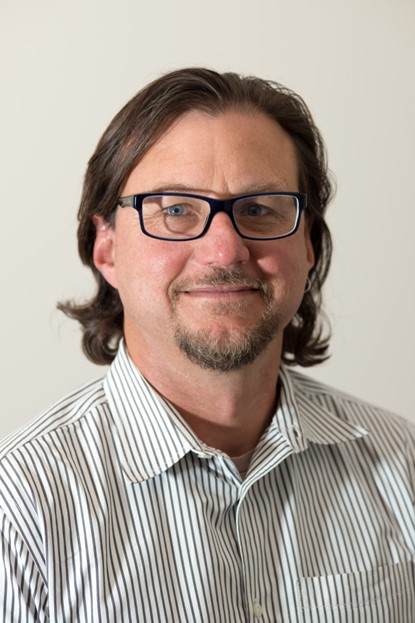Monitoring The Geysers Geothermal Field with Continuous Passive Seismic and Repeat Magnetotelluric Measurements (2021-2023)
David Alumbaugh
March 26th at 5:30 PM PST. Elevation 66 Brewery, 10082 San Pablo Ave, El Cerrito California
Abstract:
Understanding temporal variations in a geothermal field can
support operators in decision making that pertains to optimizing
production and mitigating hazards. Between 2021 and 2023, The
Geysers geothermal field in northern California was monitored with an
array of continuous passive seismic sensors and annual repeat
magnetotelluric (MT) measurements. Each of these data sets were
analyzed and modelled separately to understand the data, sensitivity, and
any observable changes. Then, the data were inverted jointly using a
cross-gradient method to further constrain temporal changes in
geophysical properties within the geothermal field. Multiple
permutations of annual datasets were used as inputs to the joint
inversion. Results demonstrate seismic data constrain smooth inversion
of the MT data, and the MT data provide supplementary information
about the location of temporal fluid changes. Estimating relative changes
in steam saturation for various time intervals of the joint models shows
compartmentalized changes in the field, and good spatial correlation
with the location of injection wells. These results demonstrate that
collecting both passive seismic and MT measurements then modeling
them jointly provide complementary information and a relatively
inexpensive method for monitoring temporal changes in an active
geothermal field that provides results to support operators.
Speaker Bio:
 |
David L. Alumbaugh received a B.S. in Geological Sciences from San Diego State University in 1986, and a Ph. D. in Material Sciences and Mineral Engineering from the University of California Berkeley in 1993. From 1993 to 1999 he was a scientist at Sandia National Laboratories, and from 1999-2005 served as professor at the University of Wisconsin Madison. In 2004 He joined Schlumberger’s EMI Technology Center in Richmond, CA where he helped to commercialize crosswell electromagnetic imaging as an oil-field offering. After a short stint at Chevron Energy Technology Company from 2011 to 2013, he joined NEOS GeoSolutions in Pleasanton, CA where he remained until 2018. In 2018 he joined the small geophysical consulting firm BlueGreen Geophysics part time, and since 2019 he has been a Staff Scientist in the Energy Geosciences Division at Lawrence Berkeley National Laboratory. His research interests focus on electromagnetic characterization, monitoring, and imaging of the Earth’s subsurface as well as multiphysics data integration, and he serves in a leadership role of LBL’s Geologic Carbon Storage and Hydrocarbon Science programs. He is the author/co-author of over 60 peer reviewed publications, 7 book chapters, 14 invited talks and presentations, and 14 US patents. |
